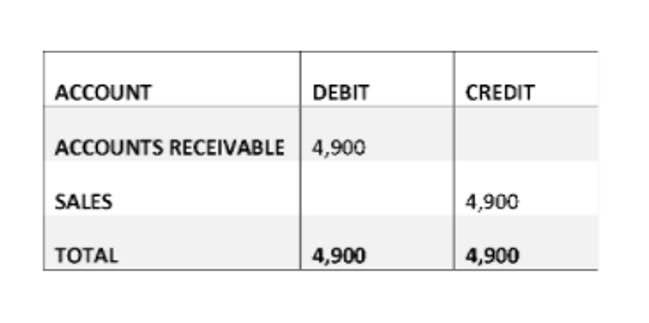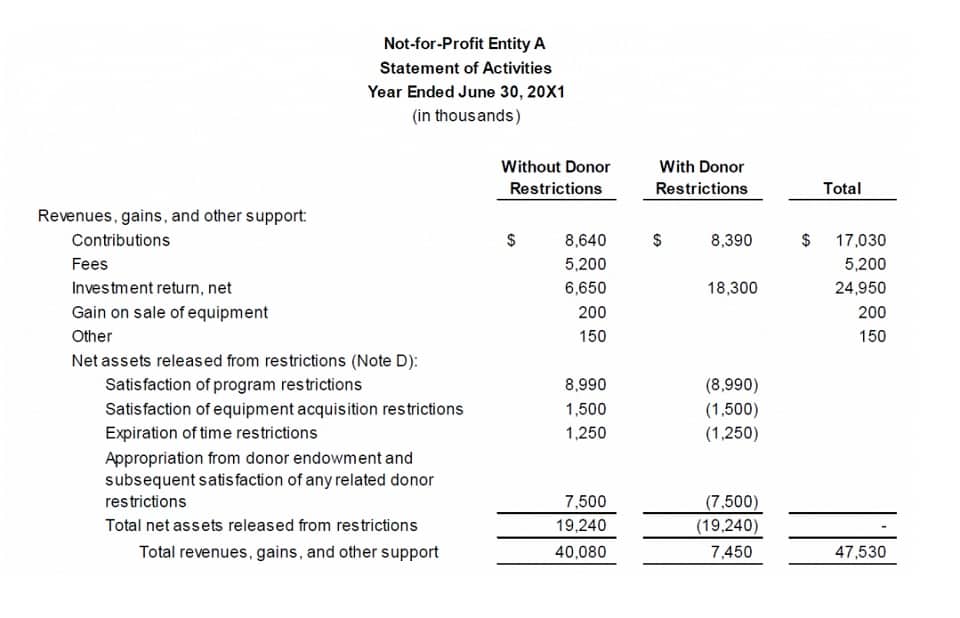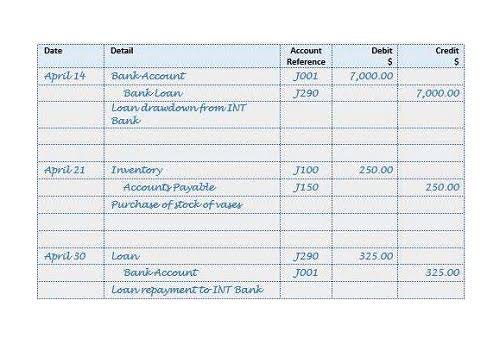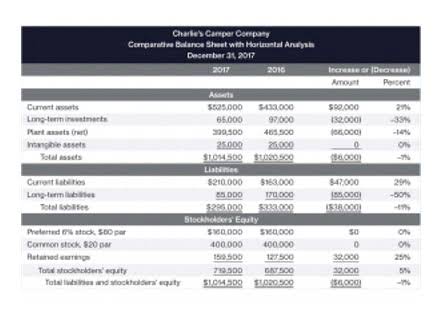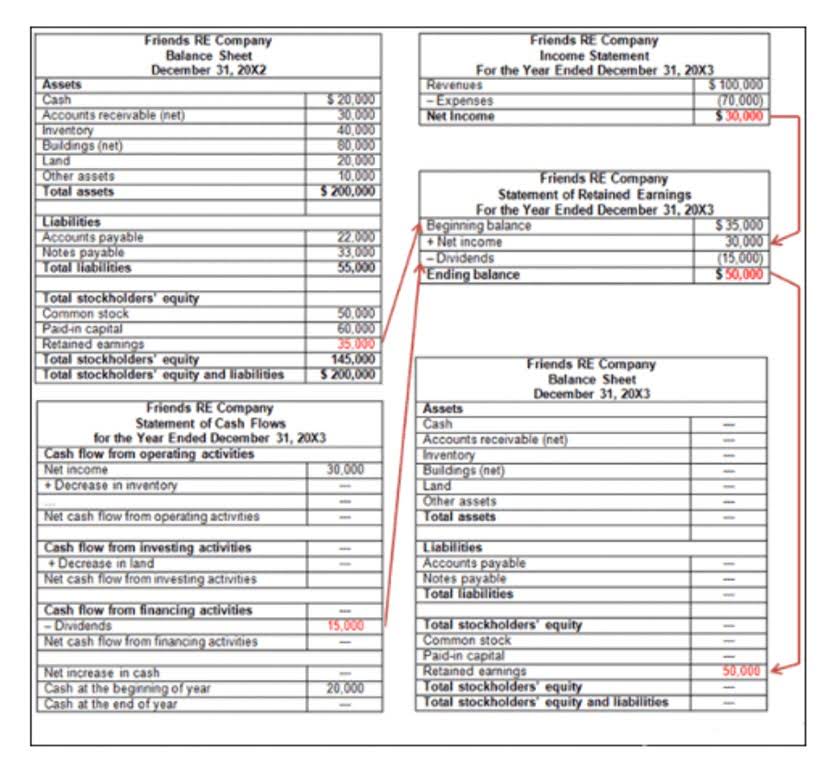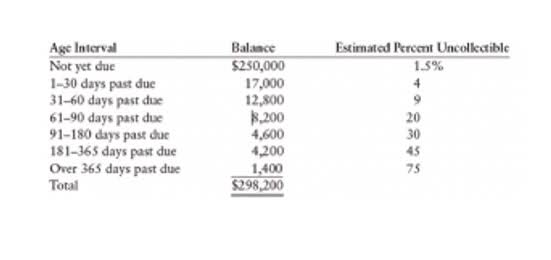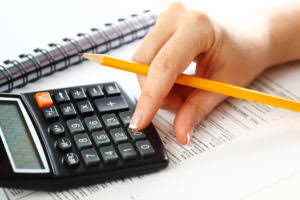4 Types of Report Automation Tools in 2024 & Selection Tips

To optimize its reporting frameworks, the organization decided to build a data warehouse within a unified BI system with an embedded automated reporting solution. Now all the relevant data is sent to a centralized data warehouse, making it easier to employ solid data governance frameworks and ensure sufficient data quality. The BI system now also pre-calculates certain metrics, further streamlining the assembly of ad hoc reports.
Dashboarding Tools
You can gather data about your projects and measures using the same method and formatting every time. You can then consistently analyze the data and create reports that use the same structure. The result is greater control over the reporting process, and a more level playing field financial reporting automation upon which to base important business decisions. Make sure that all stakeholders understand how the new system will help them do their jobs more effectively and improve business operations. Adoption and buy-in are essential for the success of an automated reporting solution.
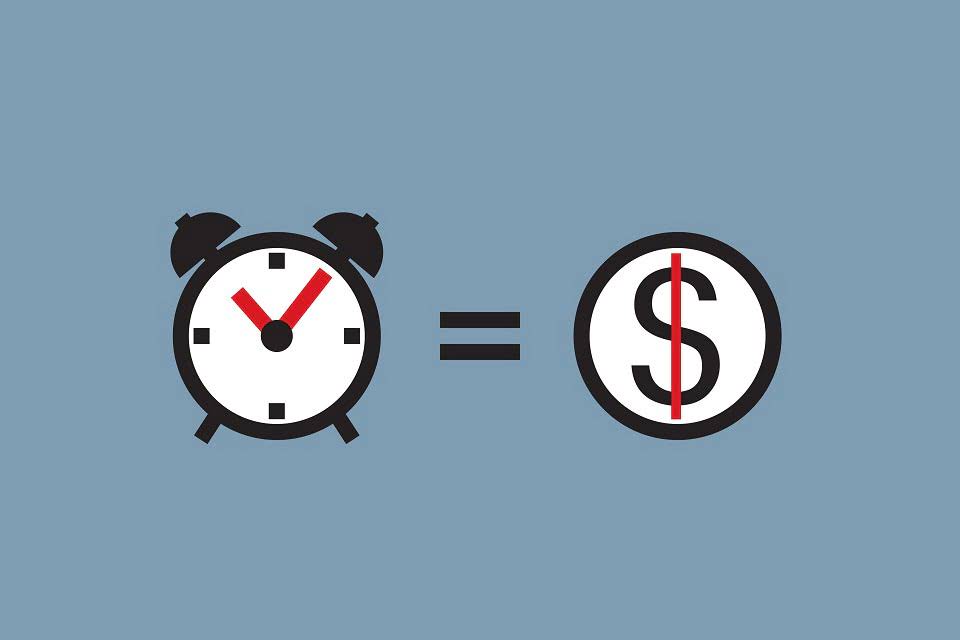
Report Automation Saves Time On Repetitive Tasks
- This type of tool is almost as complicated as a BI tool while offering way less flexibility.
- These types of solutions are typically well-suited to companies that focus on BI over other metrics and priorities.
- With automated reporting, instead of spending time on manual data processing, employees can focus on other more value-adding activities.
- If your business still handles client reporting manually, it‘s time to explore automation.
- As long as this applies to your data team, they’ll be able to get the most out of these types of solutions.
- When reports are shared with everyone in your company, they know what’s happening and can view actionable insights.
To see what Databox can do for you, including how it helps you track and visualize your performance data in real-time, check out our home page. Easily add more clients and integrate new systems without hassles. “Automated reporting gives us and our clients complete confidence in the numbers thanks to its audit trail showing the data lineage,” says Jamie Smith, Analytics Director at Acme Co. You can allow data to flow upstream, downward, or sideways using an effective core reporting system, ensuring that it reaches the intended recipient promptly. Automated reporting approaches also make it possible to provide reports to individual shareholders regularly via email. Overall, this is a complete option, but it’s a complicated tool for analysis and scalability, not reports.

Real-Time Data Access
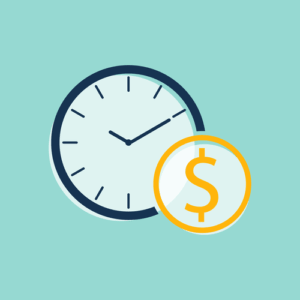
As a rule, they don’t enjoy doing tasks that could be done just as well by a machine. So, let the machine do the reports, and your staff members do the creative brainstorming you hired them for. But why bother asking your talented employees to do something that can be done automatically for half the cost of their company car payments.
- The majority of automated reporting solutions enable cross-channel reporting, making it easy to have a comprehensive view of campaign performance.
- Automating report generation can save you resources and personnel costs—so you can spend your budget on other crucial business areas.
- The technology is enterprise-ready and rapidly being adopted by leading companies.
- The simple explanation is that automating reports removes the need to communicate data in a traditional way.
- This helps to ensure your reports offer a comprehensive and holistic view of the process they are monitoring.
- Automation also presents a huge opportunity to boost global economic growth.
The second and final disadvantage we identified was a lack of in-depth data analysis. Sometimes small changes or small tweaks are required, but as you can imagine, making last-minute changes in the report can be confusing for the client and time-consuming for you. Arrange training sessions so that your https://www.bookstime.com/ team is comfortable using the software and can take advantage of all of its features. In the highly competitive business world, customer satisfaction and retention are critical elements for success. Then the reports will be sent directly to your audience’s inbox on a daily, weekly, or monthly basis.








